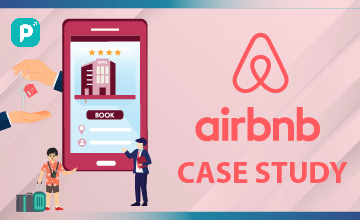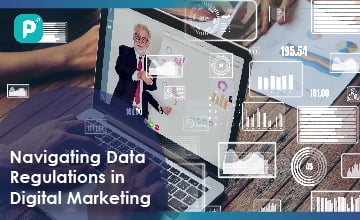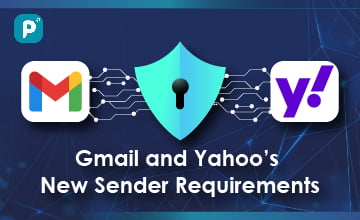L’Oréal stands tall as one of the biggest consumer goods companies worldwide. Known for managing its own production, the company operates a vast network of 40 factories globally, churning out over six billion units each year. With an extensive reach, L’Oréal engages with more than 50,000 suppliers and serves over 500,000 delivery points.

In the transformative year of 2010, the digital era was just beginning, opening up a world of possibilities. Recognizing the potential, he urged various functions within L’Oréal to embrace digital transformation. This initiative was part of a broader vision to reimagine the entire beauty industry. Each function was entrusted with the task of not only continuing to deliver top-notch products but also adapting to the ever-changing market and consumer demands.
In today’s blog, we will delve into the story of L’Oréal adapting & embracing digital technology in the modern business!
Background – Marketing Strategies & Recognition
L’Oréal, born in 1925, began with a vision to redefine beauty and skincare. Over the years, L’Oréal strategically built a robust brand portfolio, featuring iconic names like La Roche-Posay, Lancôme, L’Oréal Paris, Vichy, Garnier, Maybelline, among others. L’Oréal expanded its footprint globally, becoming a powerhouse with a significant presence in the cosmetics and beauty industry.
Traditional Marketing Strategies: Magazine Covers, TV Ads, and In-Store Experiences
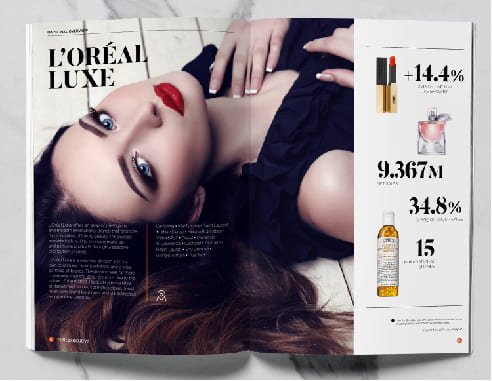
Legacy of Glamour: In the early years, L’Oréal relied on traditional marketing channels such as captivating magazine covers, creating an aura of glamour around its products.
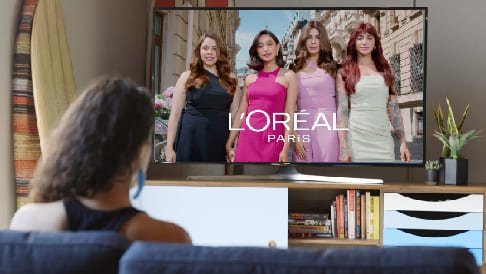
Television Dominance: The brand successfully leveraged TV ads, reaching millions of households and establishing a strong connection with consumers.
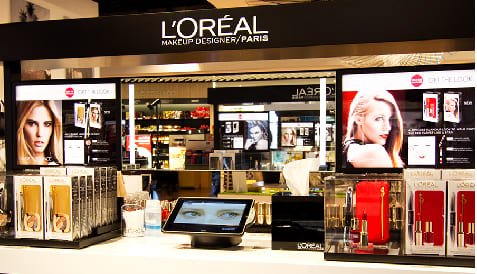
In-Store Allure: L’Oréal curated in-store experiences, inviting customers to engage with products firsthand, fostering a tactile and immersive relationship between consumers and the brand.
Recognition of the Need for a Digital Transformation in the Beauty Industry
As the world entered the digital age, L’Oréal recognized the changing dynamics of consumer behavior and the beauty market. In 2010, L’Oréal CEO Jean-Paul Agon foresaw the significance of digital transformation and designated it as “The Year of Digital,” signaling the company’s commitment to embracing the digital revolution. L’Oréal acknowledged the necessity of evolving with the times and aligning its strategies with the digital landscape to meet the ever-changing needs and expectations of tech-savvy consumers.
Digital Initiatives
L’Oréal’s digital initiatives reflect a comprehensive approach, where technology not only enhances internal operations but also plays a pivotal role in reshaping customer experiences and maintaining a competitive edge in the dynamic beauty industry.
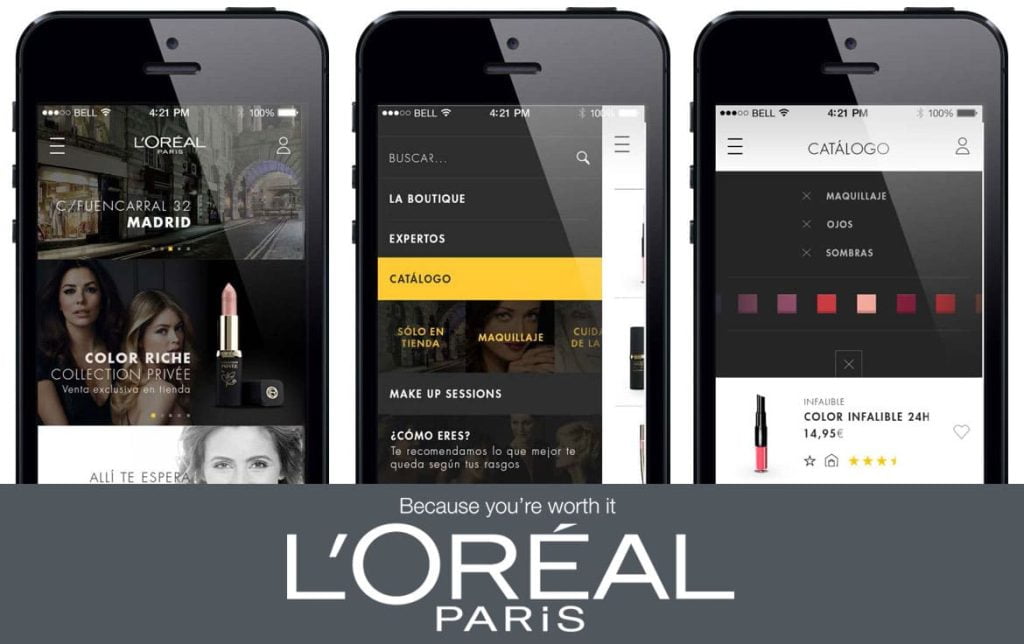
Adoption of SAP as an Enterprise Resource Planning Platform
Strategic Technology Integration: L’Oréal embarked on its digital journey by adopting SAP, a cutting-edge enterprise resource planning (ERP) platform.
Operational Streamlining: The implementation of SAP aimed at enhancing efficiency across various operational aspects, including manufacturing, supply chain, financials, and corporate services.
Unified System: The move towards SAP marked a pivotal step in consolidating L’Oréal’s diverse operations into a unified and technologically advanced system.
Integration of Digital into Various Business Functions
Holistic Transformation: L’Oréal didn’t stop at adopting SAP; it went on to integrate digital technologies into multiple facets of its business.
Marketing Innovation: Digital tools and strategies were infused into marketing efforts, allowing for more targeted and personalized campaigns to connect with diverse consumer segments.
Operational Efficiency: Digital integration extended beyond marketing, encompassing operations, logistics, and financial functions, optimizing processes for agility and responsiveness.
Commitment to Meeting Evolving Customer Needs in the Digital Age
Customer-Centric Approach: L’Oréal’s digital initiatives were fueled by a deep commitment to understanding and meeting the dynamic needs of customers in the digital age.
Omnichannel Experience: Recognizing the shift in consumer behavior, L’Oréal focused on providing a seamless omnichannel experience, ensuring customers could interact with the brand through various digital touchpoints.
Responsive Innovation: The company invested in digital tools and technologies to stay ahead of evolving customer expectations, offering innovative solutions and personalized experiences that resonate with the modern consumer.
Digital Challenges & Solutions
L’Oréal’s journey through digital challenges exemplifies a proactive and adaptive stance. By addressing the rapid changes in tools and standards, investing strategically in digital activities, and adopting measures to navigate the dynamic digital landscape, L’Oréal has positioned itself as a frontrunner in leveraging digital technologies within the beauty industry.
Addressing the Rapid Changes in Tools and Standards
L’Oréal faced the challenge of navigating a digital landscape characterized by rapid changes in tools and industry standards. To address this challenge, L’Oréal implemented agile strategies for adopting and adapting to emerging tools and standards swiftly. The company prioritized a culture of continuous learning, ensuring its teams remained adept at leveraging the latest digital technologies to stay ahead of industry shifts.
Investment in Digital Activities to Maintain Market Positioning
- Market Competitiveness: L’Oréal recognized the need for substantial investment in digital initiatives to maintain its competitive edge in the dynamic beauty market.
- Strategic Allocation of Resources: The company strategically allocated resources to digital activities, ensuring a balance between innovation and operational efficiency.
- Holistic Approach: L’Oréal’s investment went beyond short-term gains, focusing on a holistic approach that fortified its market positioning through sustained digital innovation.
Strategic Measures to Adapt to the Dynamic Digital Landscape
- Proactive Adaptation: L’Oréal acknowledged the necessity of proactive measures to adapt to the ever-evolving digital landscape.
- Strategic Partnerships: The company engaged in strategic partnerships and collaborations with tech innovators to stay abreast of industry trends and technological advancements.
- Flexibility in Strategy: Recognizing the dynamic nature of the digital environment, L’Oréal embraced a flexible approach to its digital strategy, allowing for adjustments based on emerging trends and consumer behaviors.
Impact of Digital Transformation
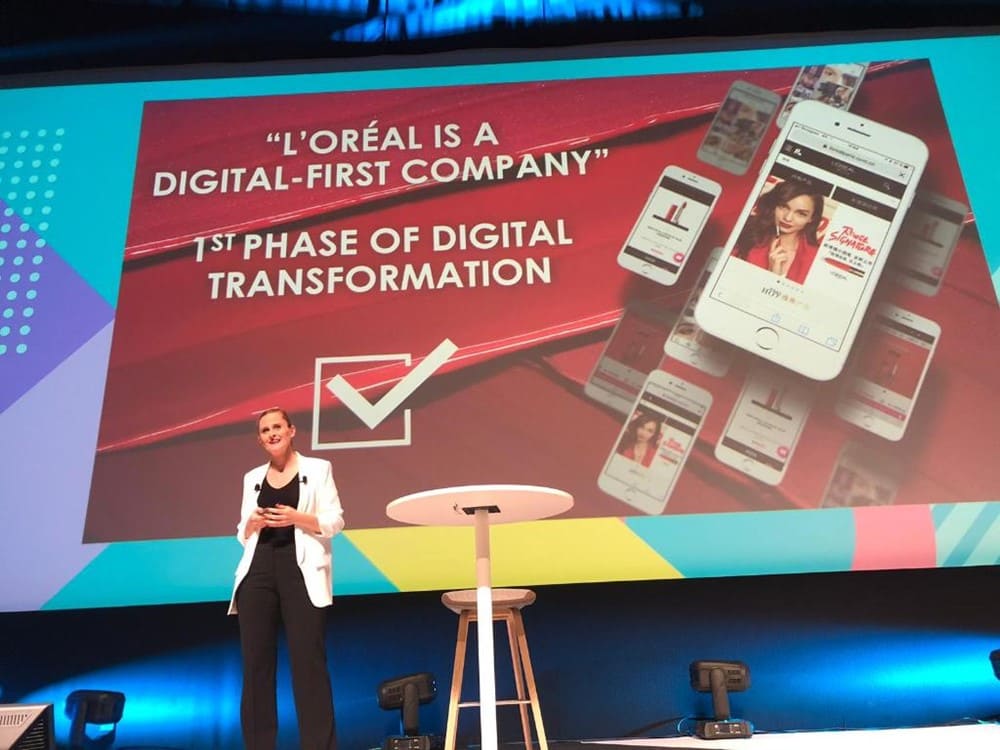
The impact of digital transformation on L’Oréal’s business is profound, manifesting in tangible outcomes such as increased revenue, fortified market positioning, and heightened customer engagement. The company’s strategic embrace of digital technologies reflects a forward-thinking approach, positioning L’Oréal as a pioneer in the digital evolution of the beauty industry.
Revenue Growth
The primary metric for assessing the impact of digital transformation on L’Oréal’s business lies in its revenue growth. The implementation of digital initiatives has contributed to a noticeable uptick in revenue, underscoring the effectiveness of the company’s strategic investments in technology. L’Oréal’s use of digital tools allows for data-driven insights, enabling the company to identify trends, optimize product offerings, and enhance revenue streams.
Market Positioning
Digital transformation has played a pivotal role in bolstering L’Oréal’s market positioning, helping the company stay competitive in an ever-evolving industry. The adoption of digital technologies has allowed L’Oréal to showcase innovation in product development, marketing strategies, and customer experiences, reinforcing its status as a leader in the beauty market. Through digital channels, L’Oréal has crafted an adaptive brand image, resonating with modern consumers and aligning with emerging beauty trends.
Customer Engagement
Digital transformation has enabled L’Oréal to deliver personalized experiences to customers, tailoring product recommendations and marketing messages based on individual preferences. The company’s focus on digital has facilitated an omnichannel approach, allowing customers to engage seamlessly across various online and offline touchpoints. L’Oréal’s active presence on social media platforms and the integration of digital tools have significantly elevated customer engagement, creating a two-way interaction that fosters brand loyalty.
Key Takeaways
L’Oréal’s transformative journey in brand digitization emerges as a beacon in the beauty industry. From adopting SAP for operational efficiency to crafting personalized customer experiences, the impact is evident in remarkable revenue growth, strengthened market positioning, and enhanced customer engagement. L’Oréal’s digital evolution is not just a shift—it’s a beauty revolution.
Seeking a robust strategy to elevate your online business promotion? Look no further! Explore our website to discover an array of services that can genuinely amplify your business. Visit us now for comprehensive solutions to enhance your online presence and drive success!


